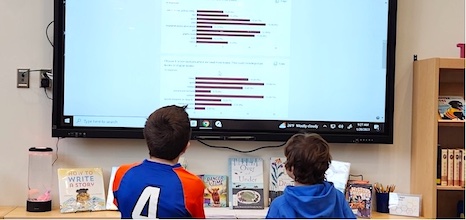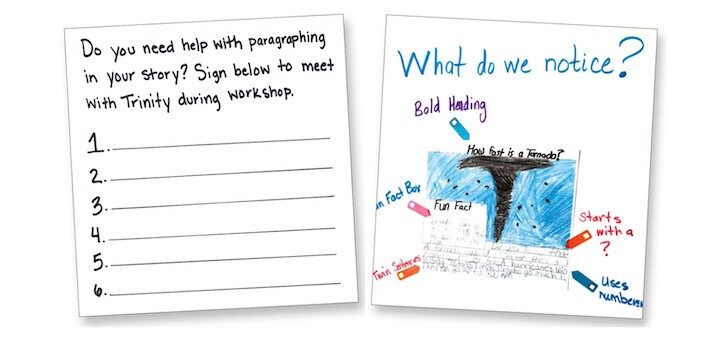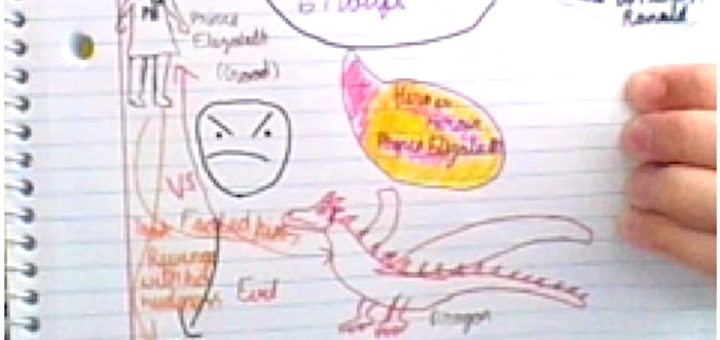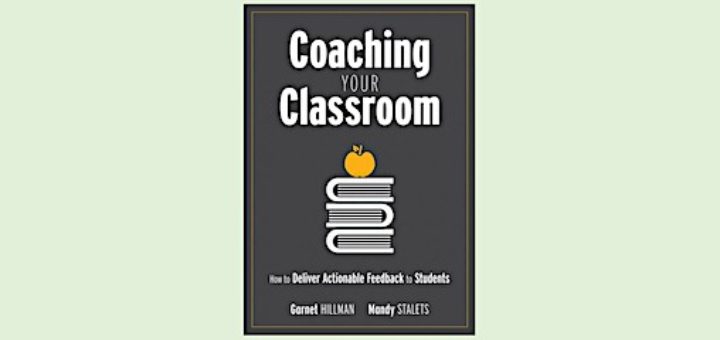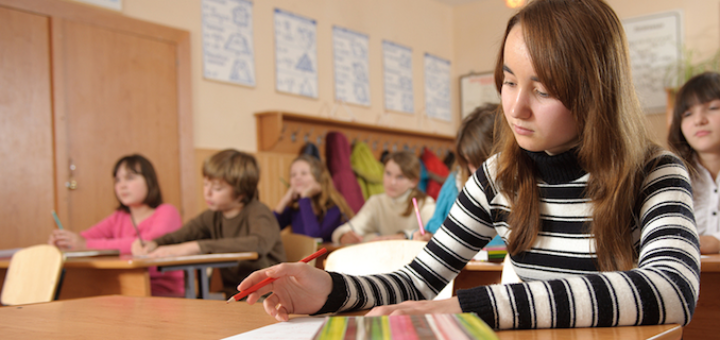Tagged: student ownership
If schools are always being “held” accountable, asks leadership coach and veteran principal Matt Renwick, how will students ever learn to “be” accountable? When do they get to make important choices that affect others and themselves? Three shifts can change the paradigm.
Lisa Eickholdt and Patty Vitale-Reilly’s favorite student collaboration is the Writing Club – an opportunity for kids to write in authentic, engaging, and creative ways. They prepare a foundation for this work with read-alouds, feedback structures, partnering activities, and more.
Sketchnotes give kids the chance to express themselves with an assignment that falls in the gray area between ‘correct’ and ‘incorrect.’ Sixth grade teacher Kelly Owens explains how she and her co-teaching colleague use sketchnoting as a technique to promote growth mindset.
Kids need the opportunity to make choices about what they learn and how they learn it, writes Alex Valencic. This doesn’t mean education becomes a free-for-all. It’s a call to action for us to know our students and help spark a love of learning that will last a lifetime.
Discover how to create actionable feedback for your students and teach them true self-assessment as you transform your role from evaluator to coach. Teacher leader Laura Von Staden “definitely” recommends this step-by-step guide to shifting from a focus on scores and grades to a focus on learning and mastery.
Writers get better by writing, says author and ELA teacher Marilyn Pryle. “It’s our job to have students write regularly, genuinely, and with ownership.” She shares three fun writing tasks (including directions, a model and a prewrite activity) that get the job done!
Michelle Russell anticipates her math students will arrive in a few weeks with predictable gaps in their understanding of operations involving fractions and equations. To be more proactive, she’ll offer some refresher activities during the first week of school.
Ultimately, teachers have the final say in the classroom. But when they share some ownership with students, they create a true community of learners and reap benefits for themselves. Expert Barbara Blackburn shares three ideas about building student ownership.
When middle grades teacher Mackenzie Grate introduced a “kindness chain mail” project into her classroom, she was pleased to see that the secret letter exchanges helped students realize their ownership role in assuring a positive learning environment.

